Carbon, Element
2023-24
Exhibition
Where: Open Space Visitor Center, Albuquerque, NM
When: June 15 to August 10
Reception: 12-2pm, June 15
Artist Talk: 1pm, June 15
Book
Available June, 2024
Shop now!
Statement
Carbon, Element explores the connection between human-caused global warming and increased wildfire intensity. Beginning with the industrial revolution, fossil fuel emissions have increased the amount of carbon dioxide in the Earth’s atmosphere by over fifty percent, reaching a new annual high every year since 1995. This increase in carbon dioxide has warmed the planet by creating a greenhouse effect that traps heat within the atmosphere.
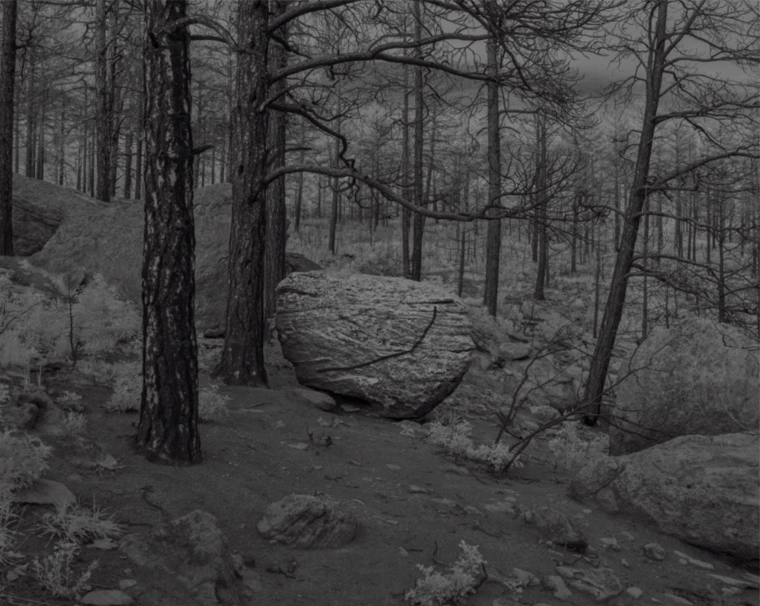
Keeling Curve I, Carreton Canyon, Santa Fe N.F.
One of the key indicators of a warming planet is drought. Over the past two decades, three quarters of New Mexico counties have experienced moderate to exceptional drought, leading to water emergencies, widespread crop and pasture losses and a devastating wildfire season that burned nearly 860 thousand acres across the state in 2022.
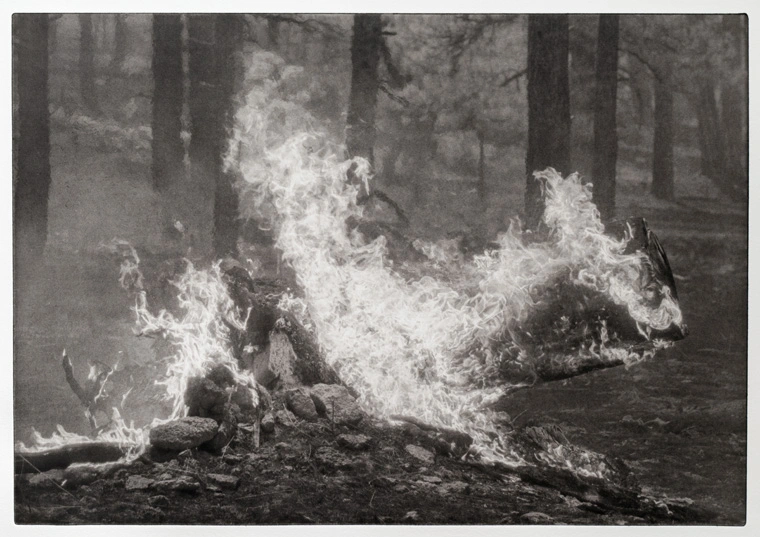
Flaming stump, Cooney Point, Gila N.F. (photogravure printed with ink made from charcoal collected nearby)
Photographs of areas impacted by the Hermit Peak / Calf Canyon, Cerro Pelado and Black fires depict a charred landscape where blackened trunks stand along barren hillsides. Holes are sunken into the earth where tree roots were incinerated and the bones of animals are found blackened and brittle. Photographs of smoke from the 2023 Pass fire reveal dark ominous skies while other images show flames climbing the trunk of trees.
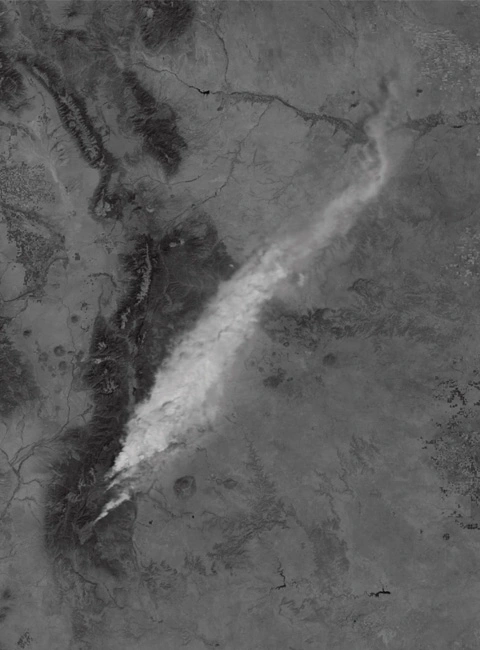
Smoke plume I, 215-mile-long smoke plume, May 10, 2022
Handprints painted on burnt tree trunks allude to the human influence on the increasingly destructive nature of these fires, while images of salvage logging portray the continued impact of human activity across the landscape. Together, these photographs express the devastating force of wildfires that have become more intense in part by human-caused global warming.
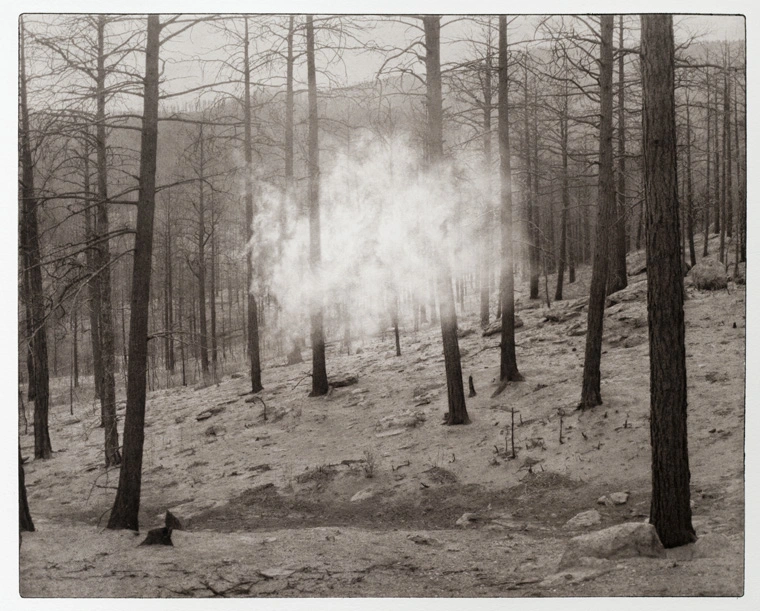
Artificial dust, Carreton Canyon, Santa Fe N.F. (photogravure printed with ink made from charcoal collected nearby)
The connection between human behavior and increasing wildfire intensity is further expressed through the photographic print. Prints made for exhibition were produced using the intaglio [in-tahl-yoh] printmaking process. This process involves etching the image into a surface, applying ink into the recessed areas and transferring the ink onto paper under significant pressure. The ink used to print the exhibition photographs is made from a raw pigment refined from charcoal collected from the same fire-scarred landscapes depicted in the images.
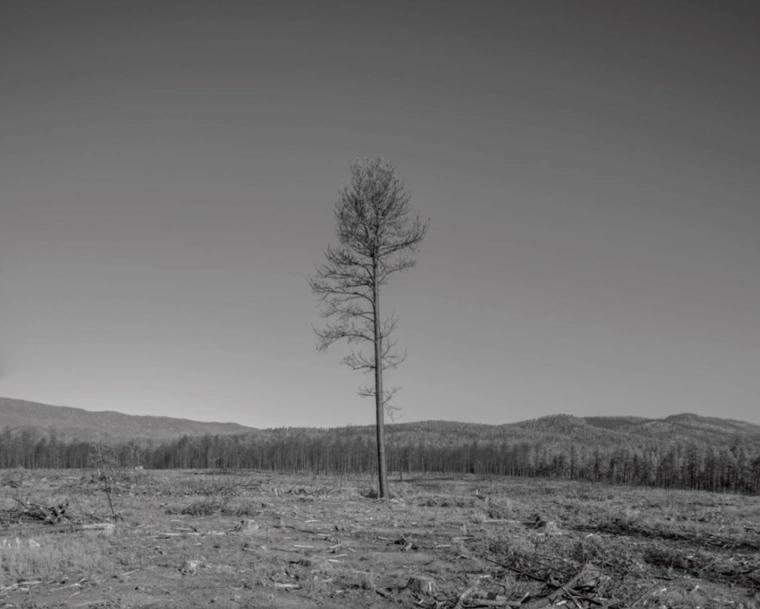
Lone pine, salvage logging, Tecolote Canyon, Santa Fe N.F.
By incorporating this carbon-based ink into the printed artwork, a physical connection is formed between the photograph and the subject. This serves as an element of continuity between the fires, photos and the warming climate, accentuating the relationship between our collective actions and the well-being of our environment.
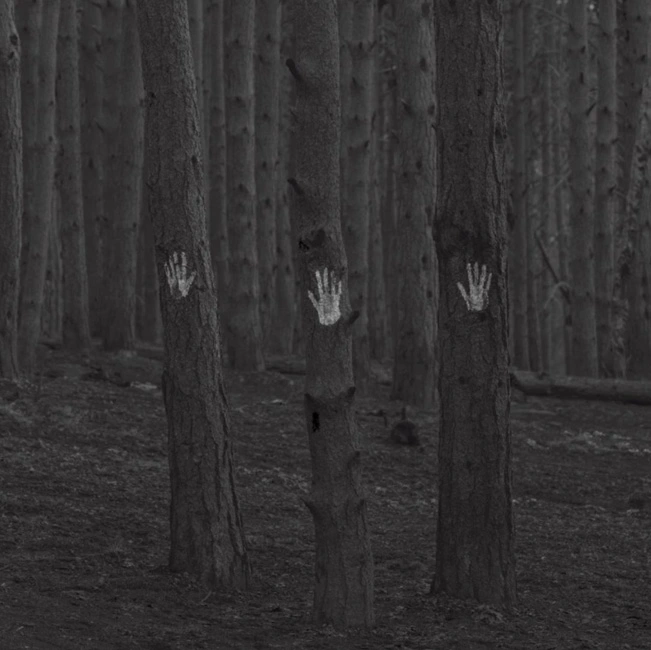
Three hands, three trees, Los Griegos, Santa Fe N.F.
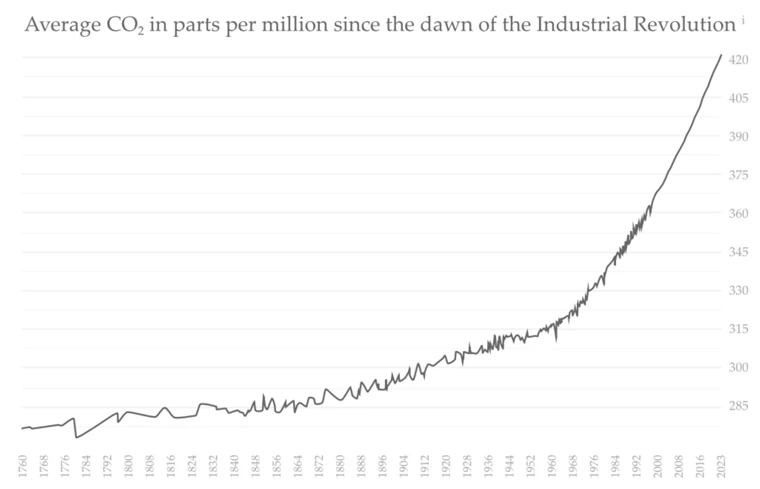
Keeling Curve
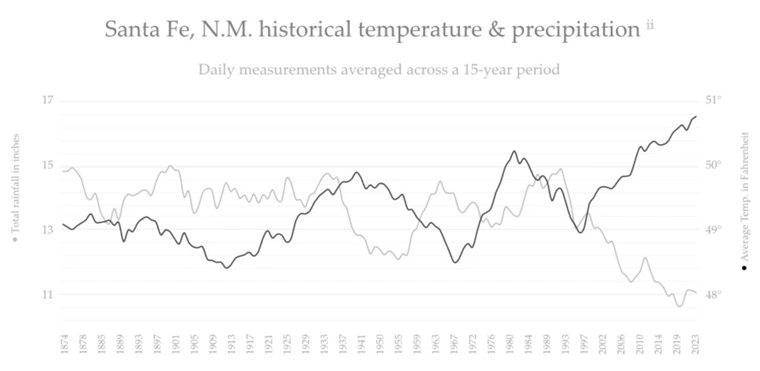
Santa Fe, N.M. historical temperature and precipitation
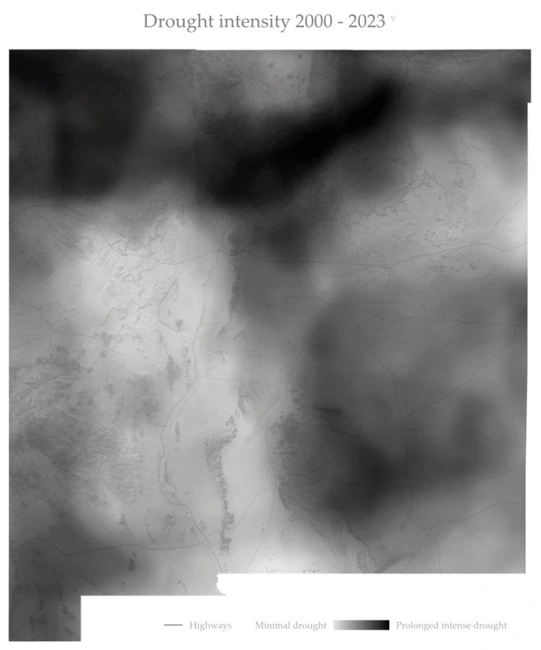
New Mexico drought intensity 2000-2023
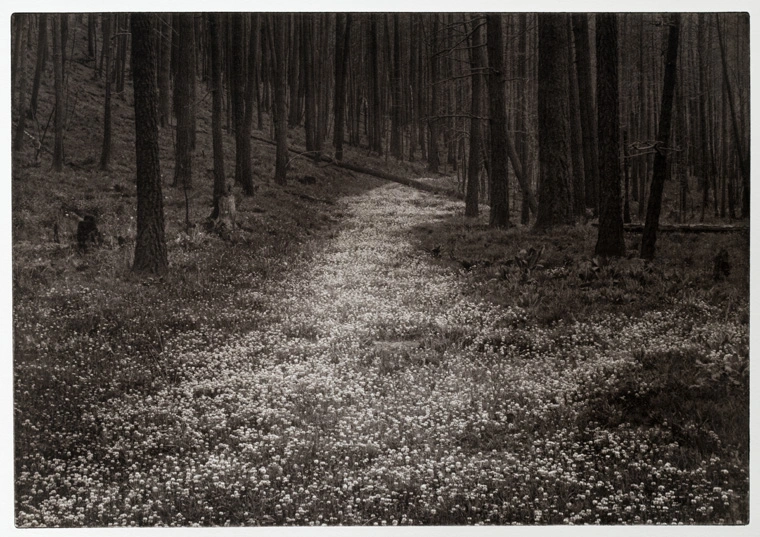
Flowering path, Carreton Canyon, Santa Fe N.F. (photogravure printed with ink made from charcoal collected nearby)